Classic Interview: Billy Gibbons - “BB King strummed my guitar and said, ‘Why you working so hard?’”
Classic Interview: The Texan guitar great talks BB, Bo and his Big Bad Blues record
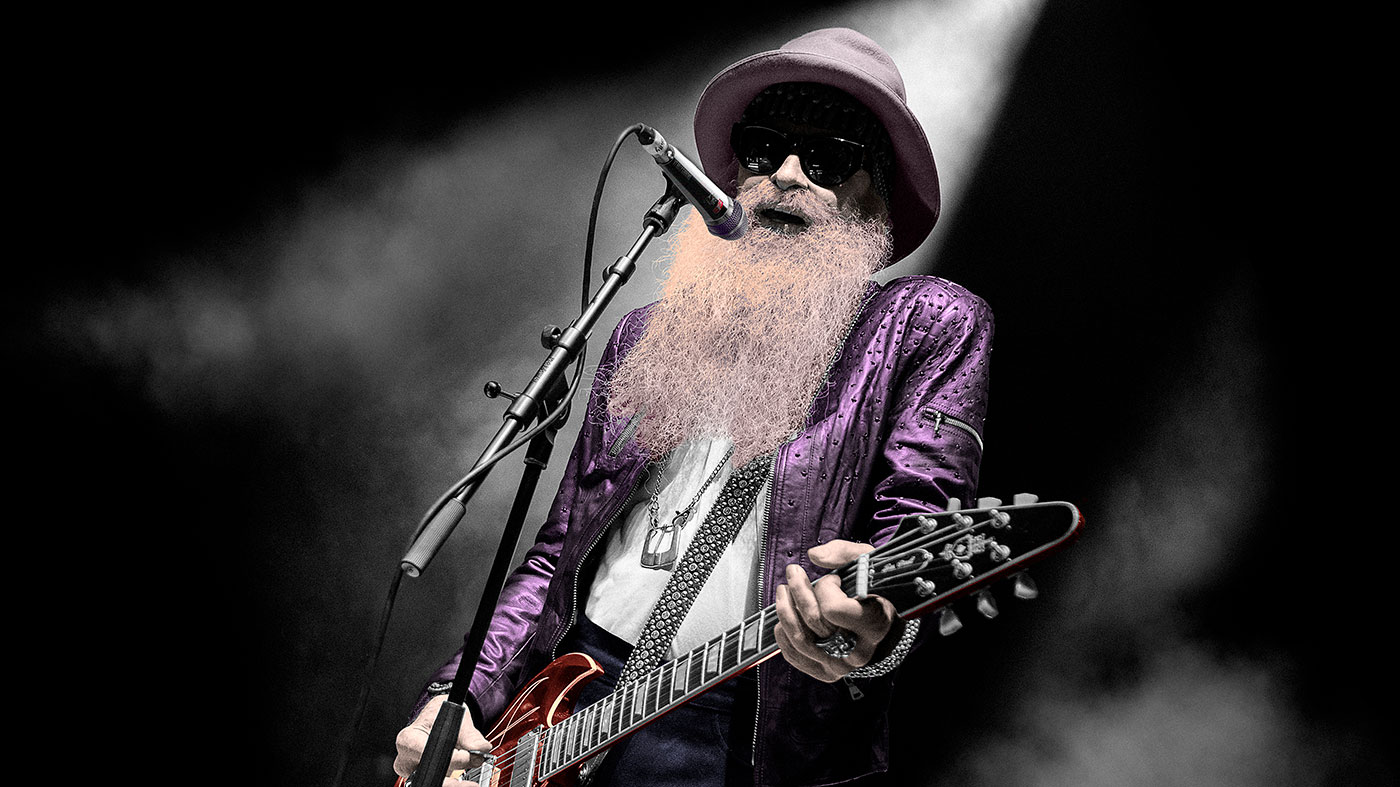
Today is Billy Gibbons' birthday. To celebrate the big man's day, join us for a chunk of pure ZZ Chat.
Classic Interview: Texas is where the blues always finds salvation in times of trouble. The Lone Star State was the birthplace of T-Bone Walker, the first blues superstar. He showed kids like BB King that Delta blues was dead. The future was a killer suit, a big-ass grin and an electric guitar.
Then there was Johnny Winter, the man who would inspire a floundering Muddy Waters to bounce back after the hippy BS of Electric Mud. Lest we forget, it was Texas that also gave us Stevie Ray Vaughan. The greatest Stratocaster salesman this side of Jimi Hendrix kept the blues in business in a decade that harboured the twin evils of synth-pop and hair metal.
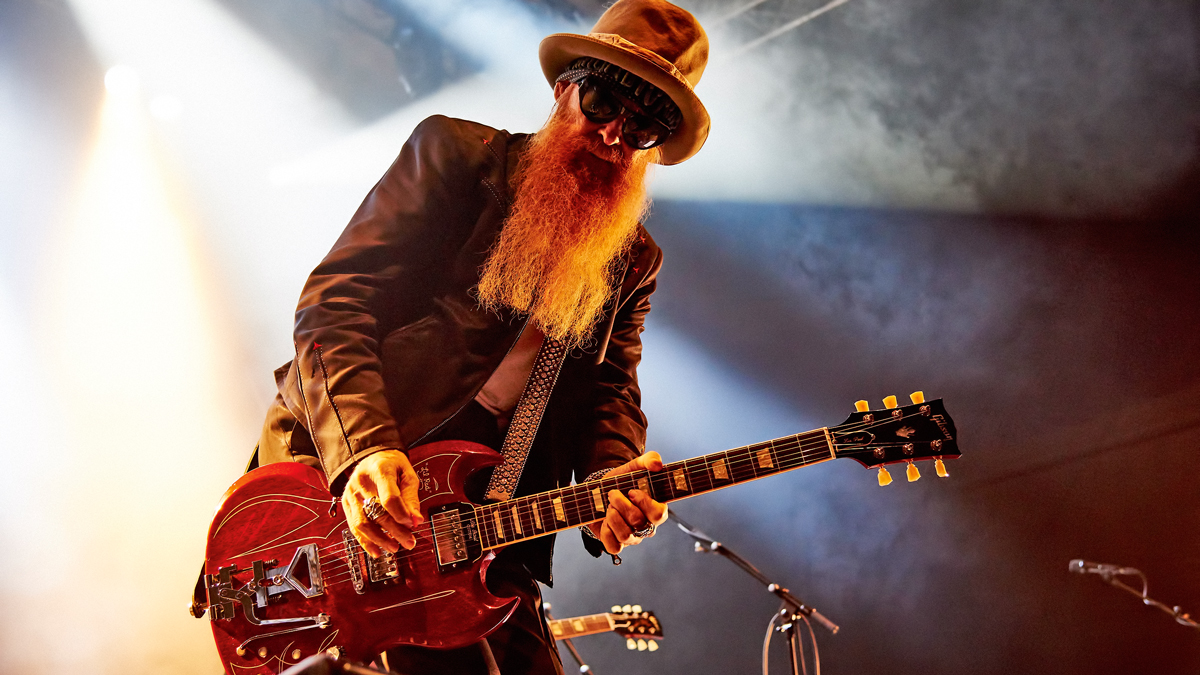
Billy F Gibbons: these are the 10 guitarists who blew my mind
And it was guitarist Billy F Gibbons, bassist Dusty Hill and drummer Frank Beard of ZZ Top who helped put blues back on jukeboxes in the early 1970s. Featured on the band’s ’73 album, Tres Hombres, La Grange doesn’t come over like a bunch of white kids messing around.
This is the song you can expect to hear as the patrons of some backwoods biker bar beat you senseless for winking at one of their ‘old ladies’. The tough John Lee Hooker references - the Boogie Chillen rhythm and Billy G’s gruff “a-how-how-how-how” chant - make it sound like the real deal.
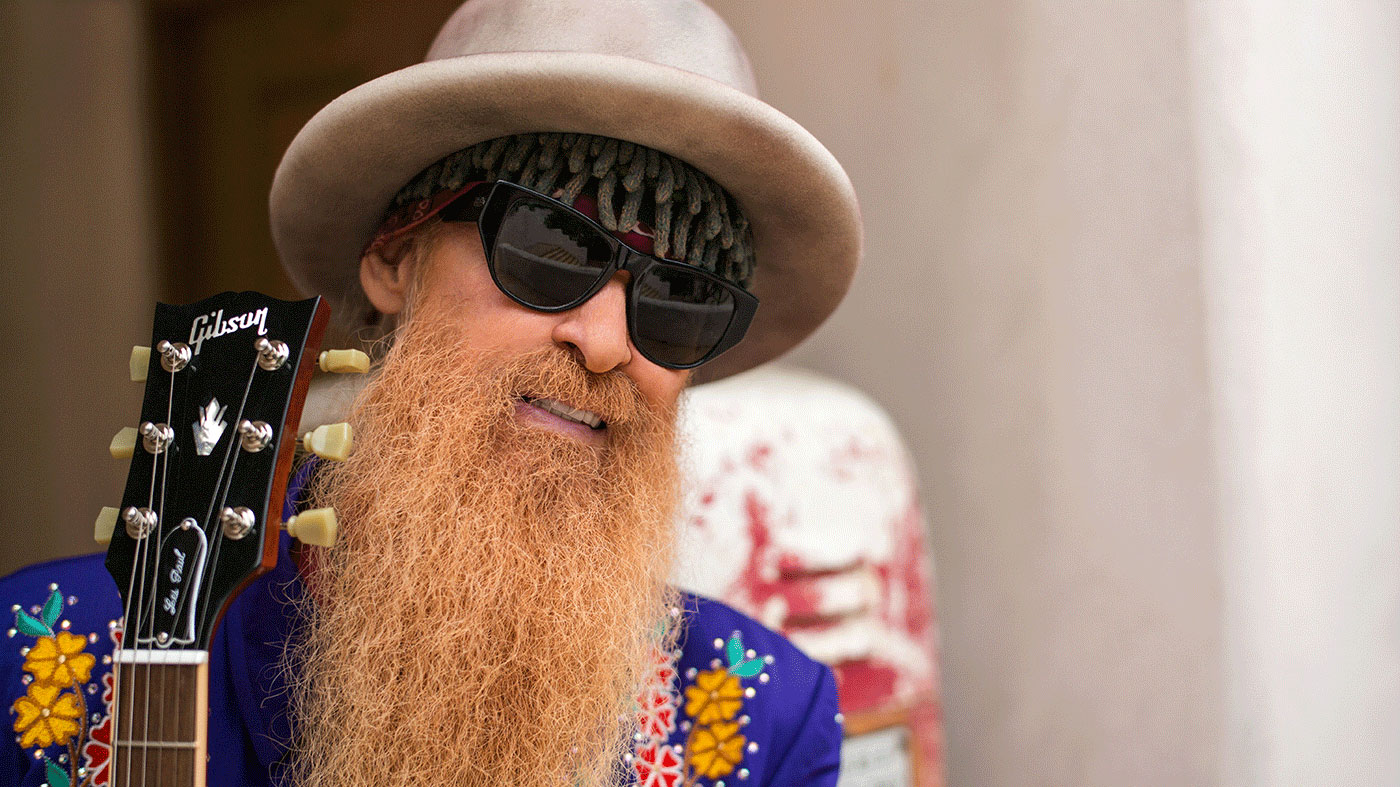
Back to the blues
The blues is in Billy G’s blood. In fact, it runs through the whole ZZ Top organisation. Looking back to the 70s, it seems obvious that the ’Top helped keep the blues’ heart beating when the music was fighting to stay alive…
“We never had anything but admiration for the blues giants,” says Billy G. “Dusty, Frank and I, we shared so much of the same influences, but we never said that we’re going to rescue the blues. We didn’t do that.”
Want all the hottest music and gear news, reviews, deals, features and more, direct to your inbox? Sign up here.
While Gibbons became acutely aware of rock’s shift from psychedelia to a heavier blues form in the late 60s, his love affair with the music developed many years earlier, as he explains.
When I was five years old, my mom took myself and my little sister out to see Elvis Presley live. I said, ‘Man, that’s what I wanna do!’
“Well, growing up, we had a house keeper who listened to blues radio all day and all night. It didn’t seem to be anything out of the ordinary. It was always around - at least around the house. Then when I was five years old, my mom took myself and my little sister out to see Elvis Presley live. I said, ‘Man, that’s what I wanna do!’”
The next encounter with greatness sealed the deal. Billy continues: “My dad was an entertainer. When I was seven years old he said, ‘Listen, hop in the car. I wanna take you with me. I’ve got business to take care of at the recording studio.’ We went into the studio, he parked me in a chair and said, ‘You’ll probably like this, they’re recording a band. I’ll be in the office if you need me…’ It turned out to be a BB King recording session. So, between seeing Elvis Presley and BB King I thought, ‘Man, this is it. This is for me!’”
BB King and Billy G’s paths would cross countless times over the years. It’s a testament to Gibbons’ skill as a guitarist that he was so respected by ‘The King Of The Blues’. And BB would often give his younger compadre some useful words of advice to work with.
“BB King left me with probably the strongest statements you could ask for,” Gibbons recalls. “Firstly, you should learn to play what you want to hear. Not what someone is trying to teach you. Follow what’s in your head.”
The second piece of advice was lifechanging, shattering a supposed tonal golden rule, an assumption most of us make. It also explains why Billy likes his guitar strings on the slinky side…
“I was about 22 and just starting out with ZZ Top,” he says. “I was in the dressing room and BB said to me, ‘Can I play your guitar?’ I said, ‘Sure man.’
"He strummed it a few times and handed it back to me. He looked at me rather quizzically and said, ‘Why you working so hard?’ I said, ‘What do you mean?’ He said, ‘Those strings. You got real heavy, heavy strings.’ I said, ‘Well, isn’t that how to get the heavy, heavy sound?’ He said, ‘No! Don’t be working so hard!’
“That was something new! I was mistaken in thinking he was using these extra-heavy strings. I guess he was right there at the beginning when super-light strings were beginning to show up.”
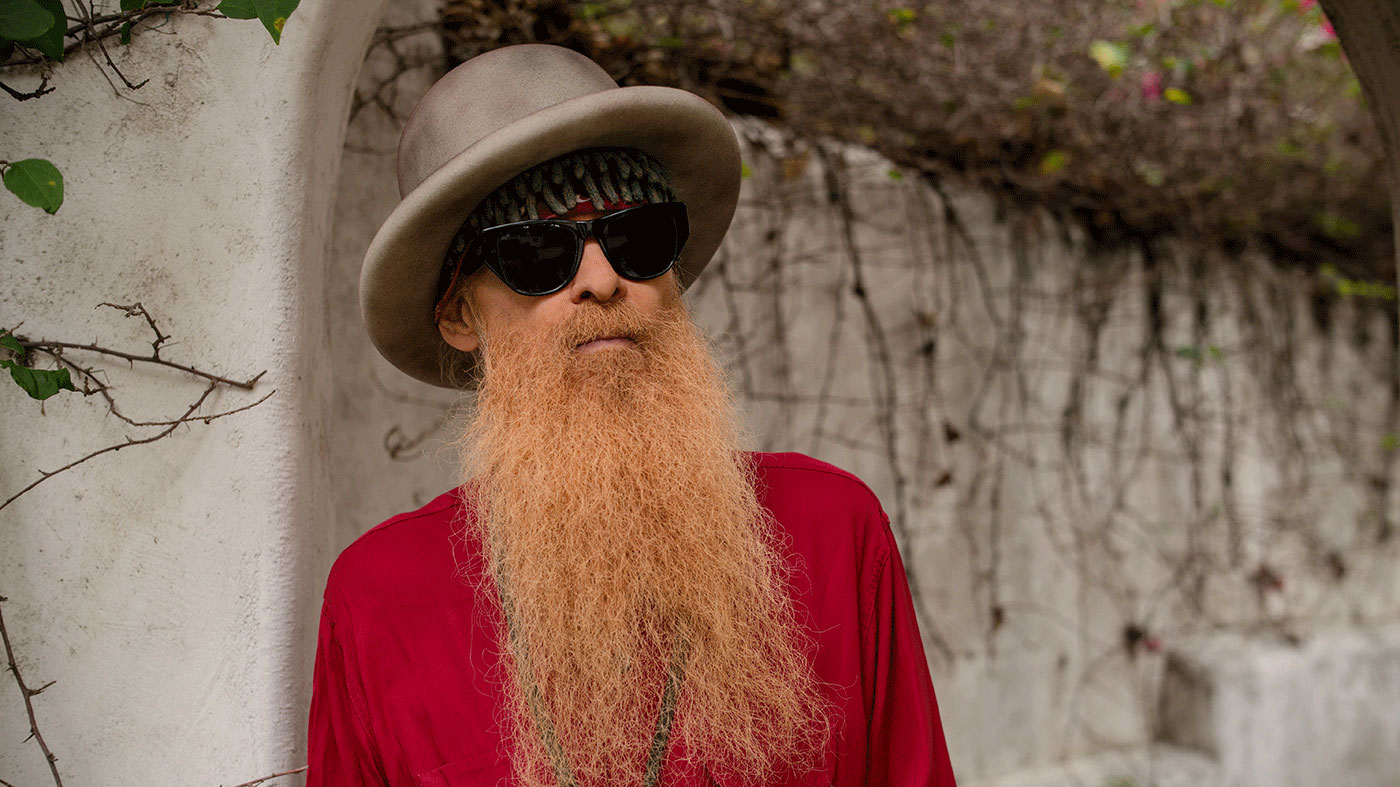
Pearly Gates & Friends
When it comes to the gear used on The Big Bad Blues, Gibbons put his trust in a couple of old amigos. “Pearly Gates is always there, of course,” he says, “and Bo Diddley is not far behind.”
Now, everyone knows ‘Pearly Gates’. The Reverend Willy G will testify to the power of his iconic ’59 Les Paul Standard until he shuffles off this mortal coil. Unprompted, he runs through the story of how he came to own the guitar like it’s the first time he’s ever told it. It doesn’t half eat into our interview time, but, well, would you ask him to change the subject?
During the course of their friendship, Bo Diddley gifted one of his original 50s “weird contraptions”, as Billy calls it, to his young disciple
Pearly Gates is on every album Gibbons has ever recorded. It’s no surprise, then, that the ’59 is all over The Big Bad Blues. So, what’s all this about ‘Bo Diddley’? The new album features a couple of Bo Diddley tunes: Cracking Up and Bring It To Jerome. The latter tune, written by Diddley’s maracas player Jerome Green, was featured on the guitarist’s self-titled 1958 debut album. Cracking Up was the opening track of his second album, 1959’s Go Bo Diddley.
Billy Gibbons doesn’t just have an affinity with his hero and friend’s back catalogue. Diddley was a pioneer of customised guitars from the earliest days of rock ’n’ roll. While Gibson and Fender competed to produce the most ergonomically perfect guitars possible in the 1950s, Bo rejected body contours all together and conducted his business on his now iconic oblong Gretsch models.
Billy Gibbons followed in Bo’s footsteps with countless fur-covered, spinning and oddly-shaped guitars, ultimately collaborating with Gretsch on his beautiful Billy-Bo signature model, the G6199. During the course of their friendship, Bo Diddley also gifted one of his original 50s “weird contraptions”, as Billy calls it, to his young disciple. It’s that guitar that leads the charge on Bring It To Jerome and Crackin’ Up on The Big Bad Blues.
The pimped Gretsch became a studio staple during the recording of the 1996 ZZ Top album, Rhythmeen. Although it’s not highly rated by fans or critics, like Billy’s new solo effort, the album was seen as a return to the band’s blues roots. Billy takes up the story…
“The engineer said to me, ‘We’re nearing the completion of the project. Do you have any unusual guitars that might offer us a different tone?’ He pointed to the bottom of a stack [of guitar cases] in the studio and said, ‘What’s in there?’ I said, ‘Oh gee, I haven’t played this in years. Bo Diddley gave me a guitar that Gretsch made for him back in the 50s.’ He said, ‘Bo Diddley?! Bring it on out!’ And what a sound. It was giant.”
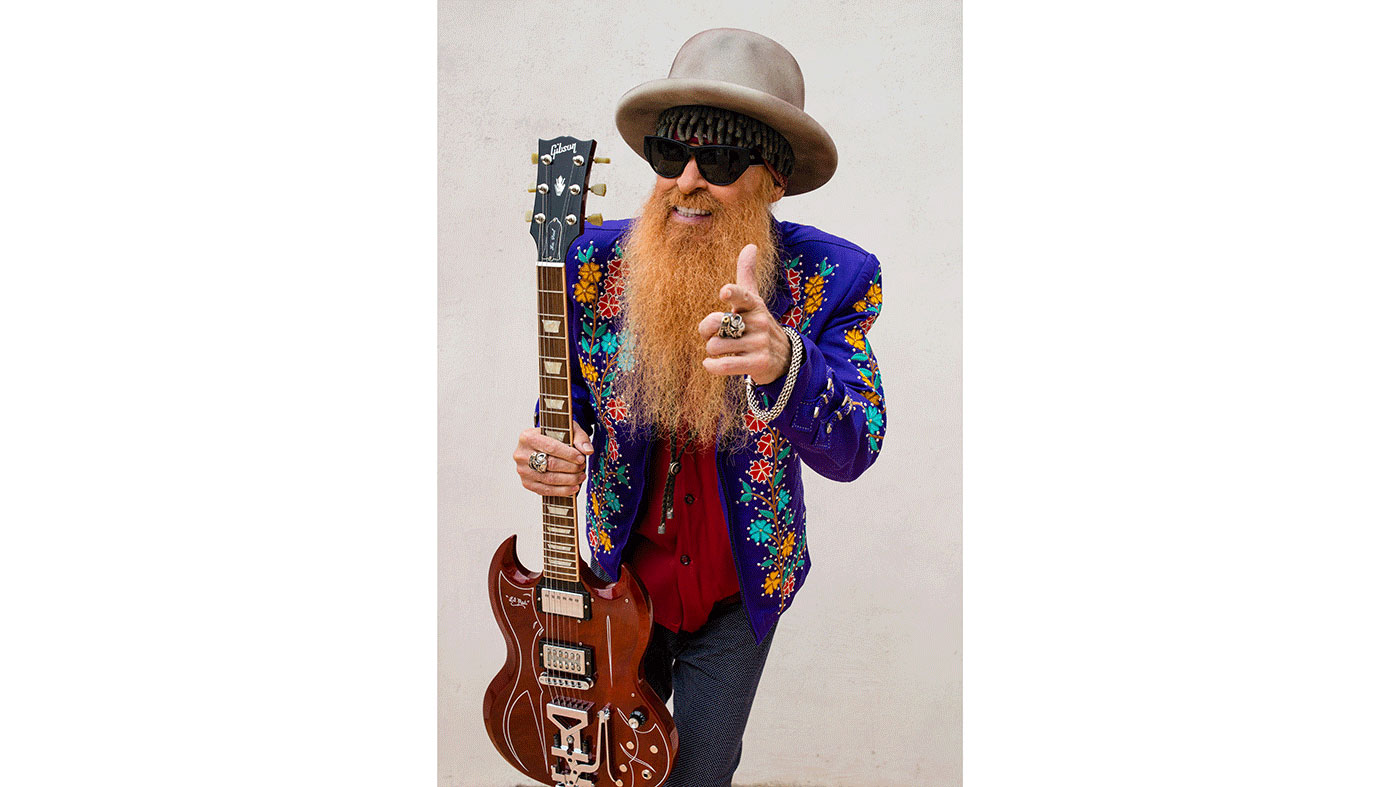
Nailing It, Stax Style
Anyone that has ever jealously flicked through Billy’s book Rock + Roll Gearhead will know that the man has got way too much vintage gear at his disposal. That goes for guitars, cars… and backline. For The Big Bad Blues, however, he took inspiration from another hero and friend and went back to basics.
Like Steve Cropper points out, a sound can easily be established by simply not changing the gear
“This last go around we took a page out of the Steve Cropper book,” Gibbons tells us. “I hold him in the highest regard. One afternoon, I think we were in Memphis, I said, ‘How did you think to create the Stax sound? All of the Stax records, they sound so much alike.’ He said, ‘I would like to take credit for dreaming this, but it happened quite by accident.’”
Stax producer and Booker T & The MGs guitarist Steve Cropper’s legendary self-deprecating persona belies his genius. He not only co-wrote some of the greatest soul tunes of all time, with Otis Redding, Wilson Pickett and others, ‘The Colonel’ always came up with the perfect guitar part. He also kept his gear simple. While he cut the 1962 mod favourite Green Onions on a 50s Fender Esquire (that he’d painted purple), he’s best known for his white rosewood-’board early 60s Telecaster. His Stax backline? A 10-watt Fender Harvard.
“Steve told me that the Stax recording studio was in a very bad part of Memphis,” says Billy. “In order for them to avoid having their equipment stolen, they called a carpenter in and had amplifiers, the drums, the organ, everything , nailed to the concrete floor. Nothing ever changed.
“That’s one way to establish a sound! So, during this blues recording, we used quite the same technique. Like Cropper points out, a sound can easily be established by simply not changing the gear.”
Okay, he didn’t actually nail his backline to the floor, but Billy only employed two amplifiers for the entire recording of The Big Bad Blues. “I’ve got a 1966 Marshall,” he continues. “It’s a tiny 18-watt, and it’s a rare one cos it’s got two 12-inch speakers. They are Celestion speakers but they are labelled ‘Silverdale Road’.” (Note: The Marshall factory was located at 28-30 Silverdale Road in Hayes, Middlesex from June 1964 to June 1966.)
“So, we had that Marshall and we had one of the new Magnatones [Billy favours the revived brand’s Super Fifty-Nine amps]. Those two amplifiers really did the job for us. We got them set up and we didn’t have to change anything. Good solid sounds. You gotta be lovin’ that.”
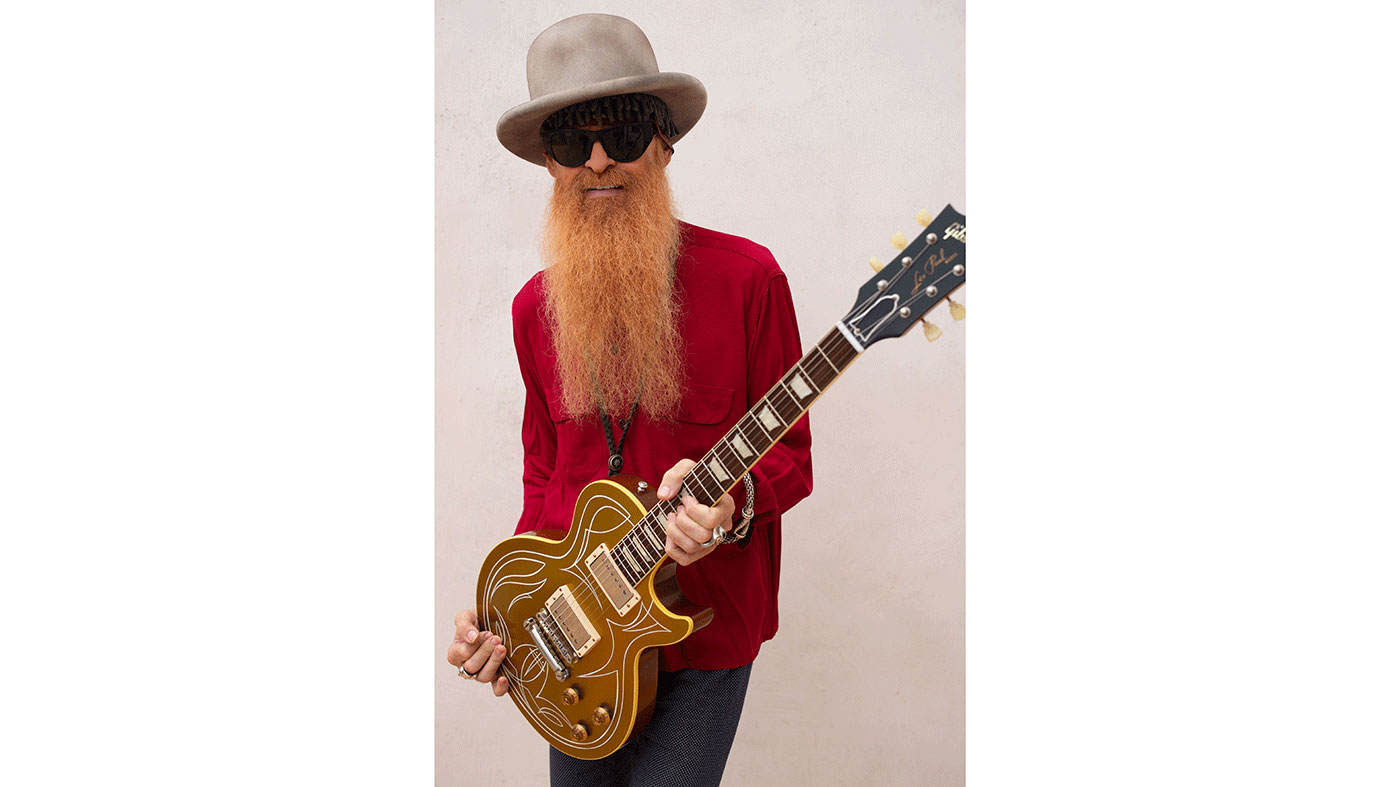
Lifelong lessons
It’s 45 years since Billy Gibbons cut La Grange with ZZ Top. His heroes and mentors, BB King, John Lee Hooker, Jimmy Reed and, of course, Bo Diddley, are all gone now. So, too, are fellow Texans Johnny Winter and Stevie Ray Vaughan. Which means Billy F Gibbons is the elder statesman of the blues. The Big Bad Blues is evidence of that.
Yet Gibbons doesn’t regard the new album as a destination. It’s another staging post in a lifelong journey to understand and master the blues. For many of us, we start out thinking of the blues as little more than a five-note scale. As you dig deeper, you uncover a bigger story…
“You know, I was talking with my Texas guitar playing buddy [and Stevie Ray’s brother] Jimmie Vaughan about this,” says Billy. “He said to me, ‘A lot of people say, ‘Oh blues, it’s so simple.’ Well, the blues may only be three chords, but the complexity is fascinating.’ I’ve listened to those old blues records forever. And I can still learn something from these guys. These giants.”
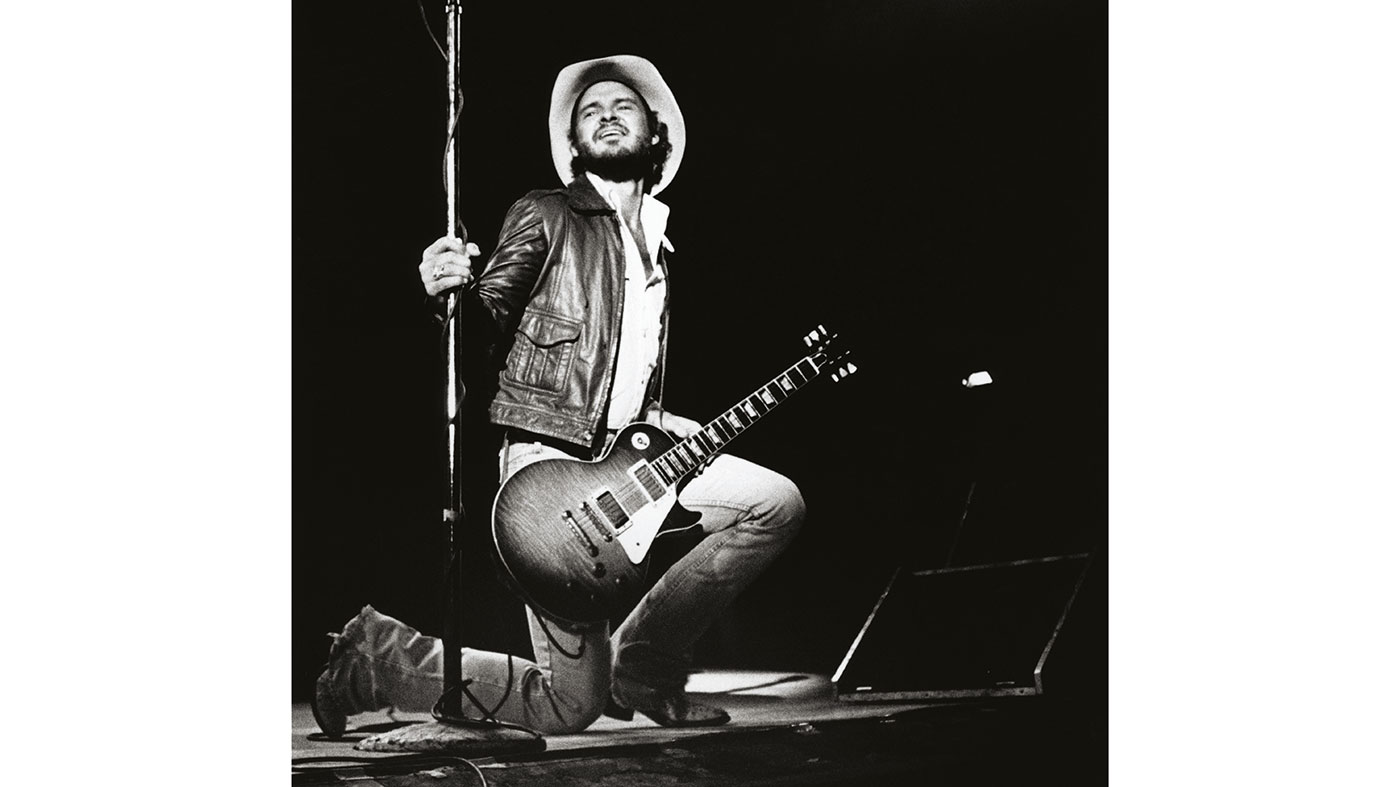
The story of Pearly Gates
It was after spying Eric Clapton with an old Gibson Les Paul ‘Sunburst’ on the back of the 1966 John Mayall Blues Breakers album that Billy Gibbons was to stumble upon the guitar of his dreams.
“I got very lucky,” he says. “A friend said, ‘Hey, weren’t you looking for one of those Les Paul guitars like your buddy Clapton?’ I said, ‘Yeah. They’re so hard to find.’ “Anyway, he said there was one on a ranch just outside of Houston. An old cowboy has it. So, I jumped at the opportunity… and that was Pearly Gates.
“Where did the name come from? Well, we had a girlfriend who had an opportunity to take a part in a movie, but she had no way to get to California. I said, ‘Well, we have an old car, a 1936 Packard. We’re gonna give you this car and you must go to California.’
“We called the car Pearly Gates. She did get to California. She did get the part. She sold the car and sent me some money. The day the cheque arrived was the day I went to see the guitar. I said, ‘How much do you want for it? How about $250?’ That was exactly the amount that was written on the cheque. He said, ‘Okay. Go play!’”
Billy F Gibbons & The BFGs’ second album, The Big Bad Blues, is out now on Concord Records.

